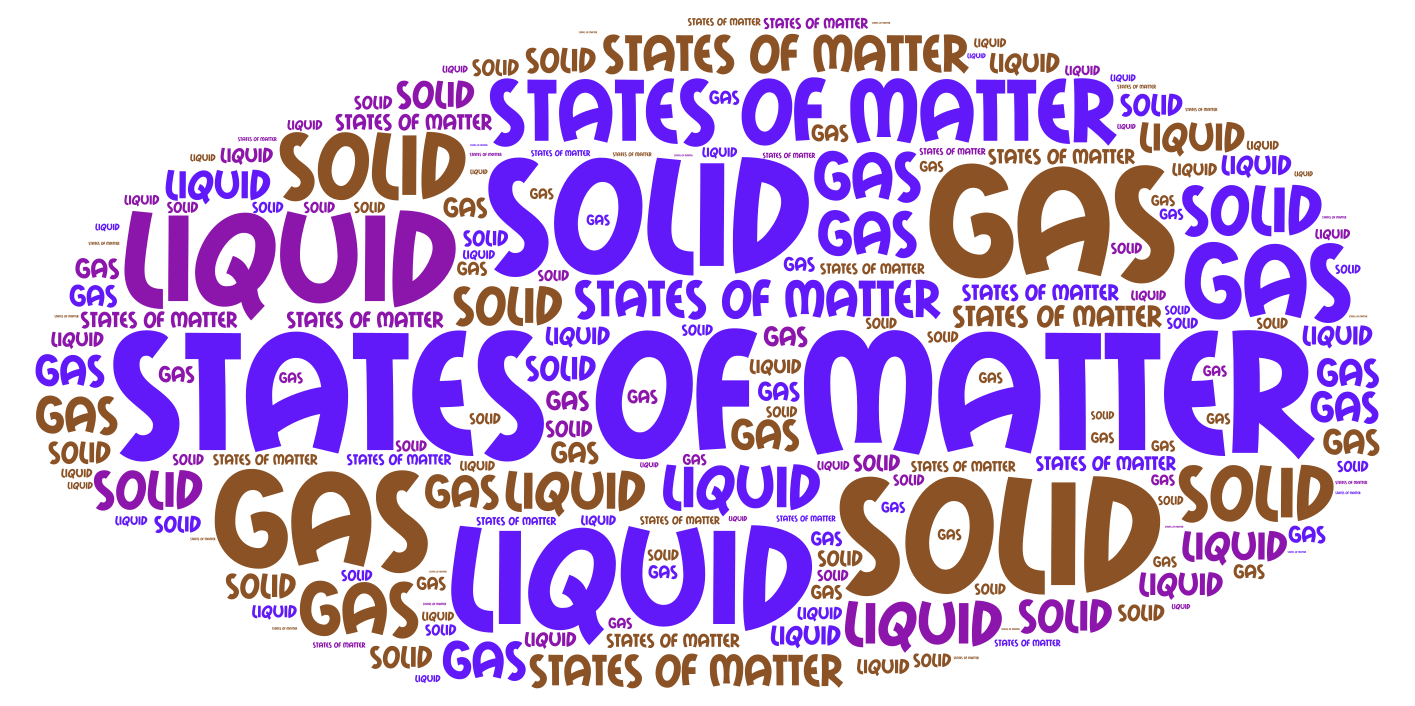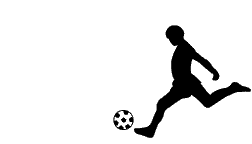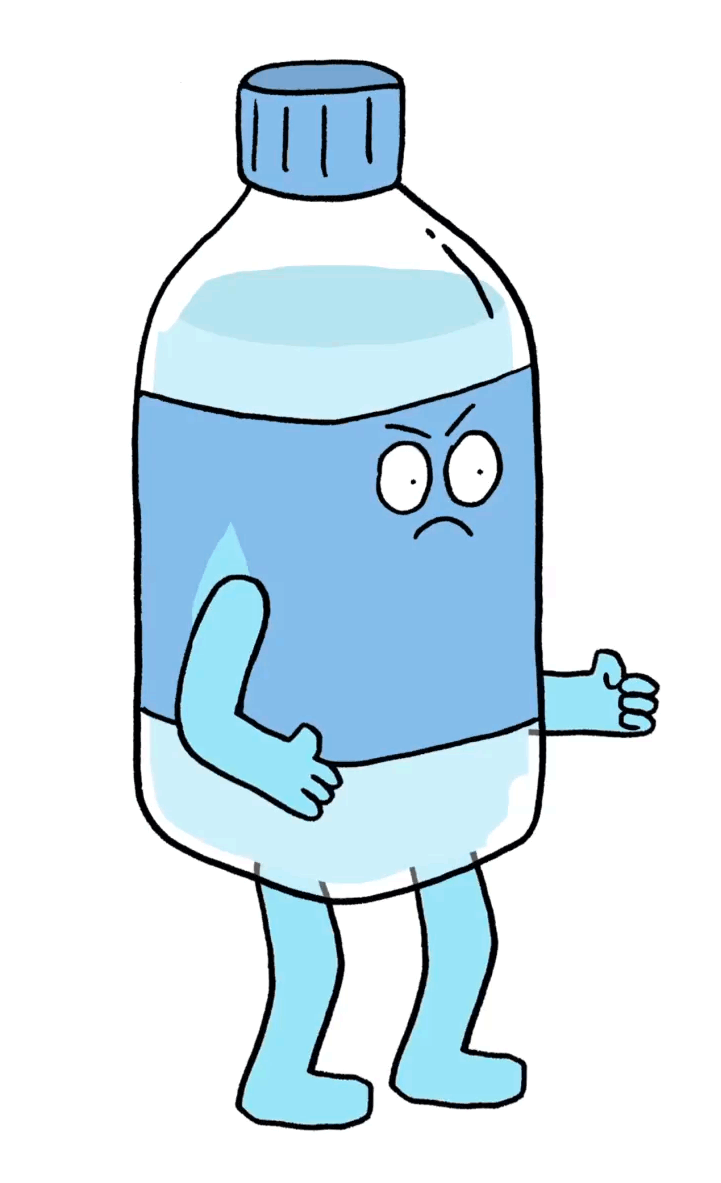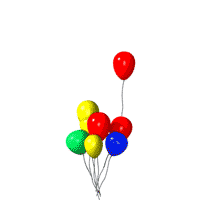2-PS1-1: Plan and conduct an investigation to describe and classify different kinds of materials by their observable properties.
DCI: Different kinds of matter exist and many of them can be either solid or liquid, depending on temperature. Matter can be described and classified by its observable properties. (LE.PS1A.c)
The disciplinary core idea for this lesson has the students determining matter as a solid, liquid, or a gas. For this particular lesson, students will be learning more of the idea of what a solid, liquid, and a gas are as a type of matter. It will need to be used as a introduction or an extra practice for students who don't master the concept after a lesson on states of matter. This lesson will help develop students knowledge on the three main types of matter to prepare them for being able to classify matter by their observable properties later on in other lessons.




